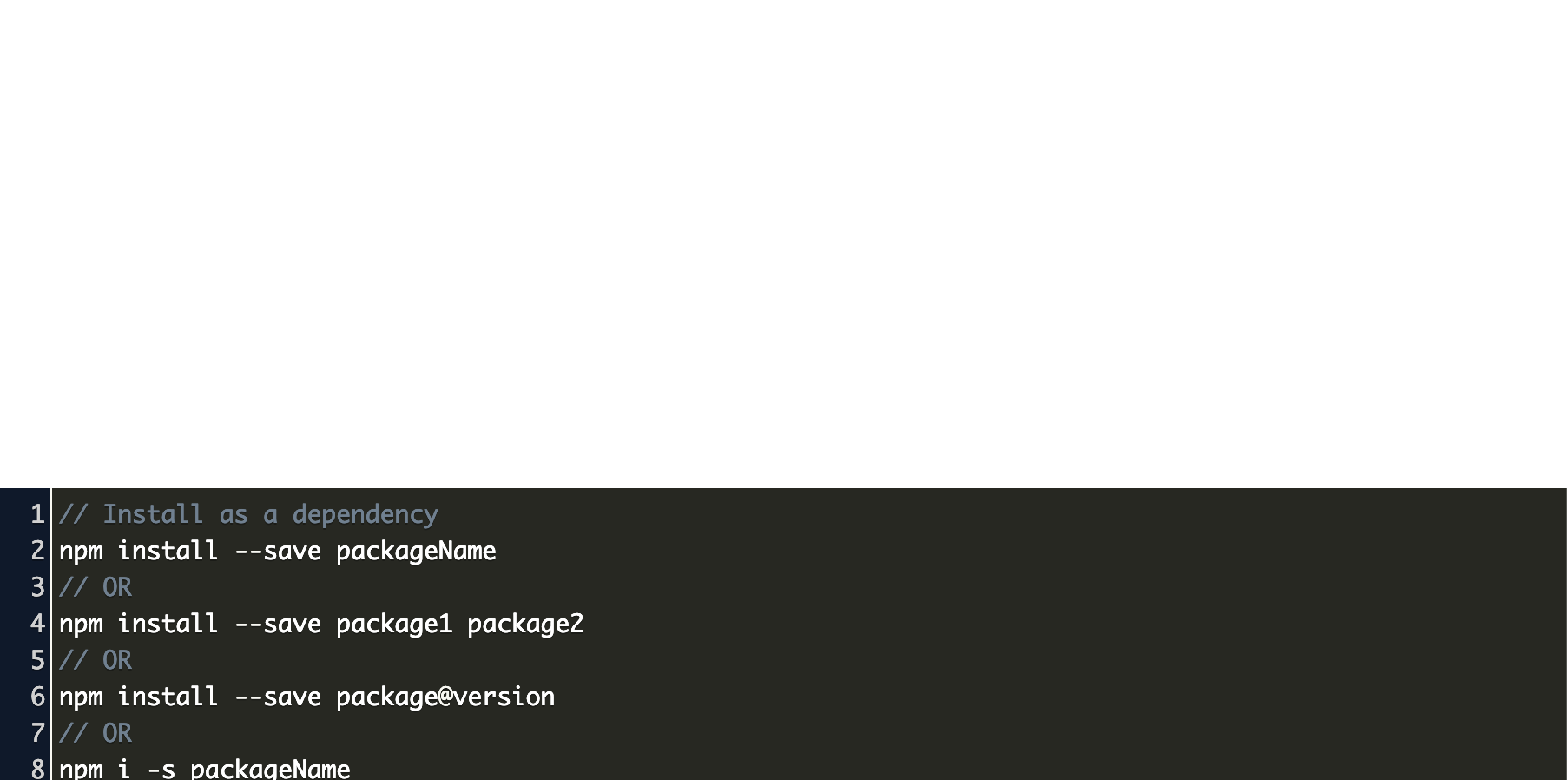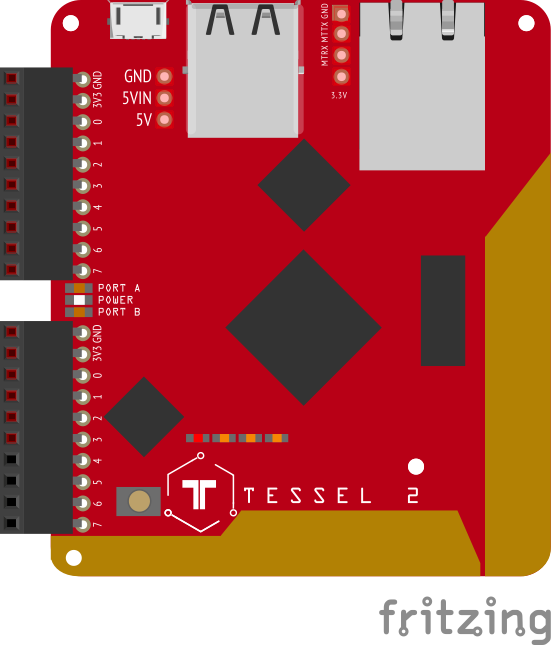If you’re looking for an easy guide to install Node.js and npm on OS X and macOS — this is it.
Next, install Node (npm will be installed with Node): brew install node To test out your Node and npm install, try installing Grunt (you might be asked to run with sudo): npm install -g grunt-cli If that worked then congratulations — you’ve installed Node.js, npm, and Grunt. If not — retrace your steps or post a question to Stack Overflow. Run npm install to setup local package dependencies (run this any time you depend on a package local to this repo) Run npm test to ensure everything is working properly; Run npm run generate to generate a new project; Add dev dependencies to the root package.json and package dependencies to the package's one. Developing Docs. I talked to a coworker who was also taking the course and was encountering the same issue. He had figured out that updating the Angular dependencies to the latest 10.x release (10.2.4 for most @angular dependencies, @angular/cli on 10.2.1) resolved the problem, and npm install now runs successfully. But i understand that once npm is installed as a package manager then it should be done by npm itself. I used fedora 24 with dnf to install the default package from the repo. Then upgrade npm and then node. Now i am learning npm cli command before anything. First, download and install Node.js 4.0.x or later and NPM (included with the installer) Linux/OSX. Sudo npm install -g tfx-cli. Npm install -g tfx-cli.
Before we get started, are you listening to JS Party? If not, you should be! Maybe start with our episode all about best practices for Node developers. ✊
The default method for installing Node.js is to download a pre-built installer for your platform, install it and make sure it’s on your $PATH.
However, if you’re a Homebrew fan like me and prefer to install all of your packages with it — ensuring your packages are installed using the same commands and directories and allowing Homebrew to easily manage upgrades and updates — then this guide will help you get started.
Install Node.js and npm with Homebrew
First, install Homebrew.

Osx Npm Install Permission Denied
Then run brew update to make sure Homebrew is up to date.


Terminal Npm Install
As a safe measure you should run brew doctor to make sure your system is ready to brew. Run the command below and follow any recommendations from brew doctor.
Next, add Homebrew’s location to your $PATH in your .bash_profile or .zshrc file.

Next, install Node (npm will be installed with Node):
To test out your Node and npm install, try installing Grunt (you might be asked to run with sudo):

If that worked then congratulations — you’ve installed Node.js, npm, and Grunt.
If not — retrace your steps or post a question to Stack Overflow.
Listen to related podcasts on The Changelog
Since you’re interested in Node.js, npm, and Homebrew — listen to some recent related podcasts we’ve done on those subjects.
